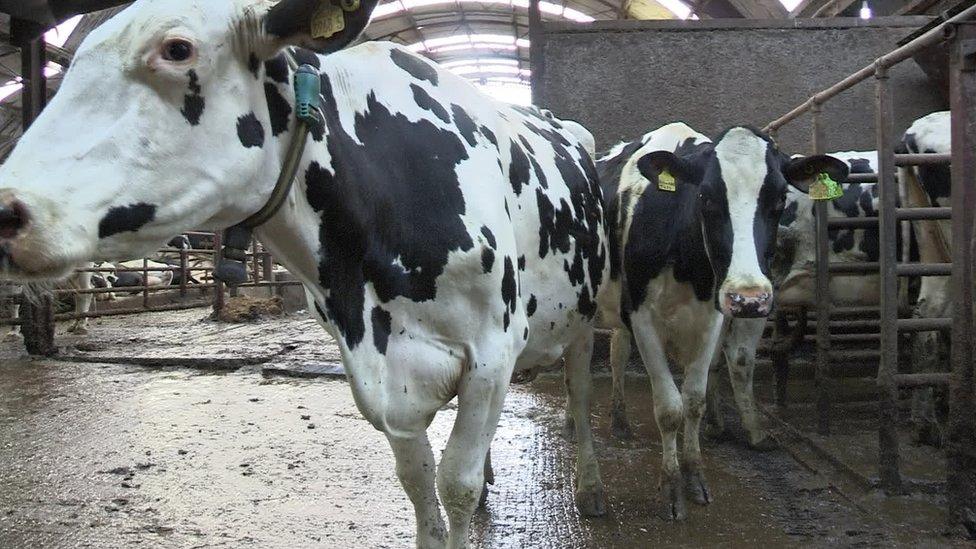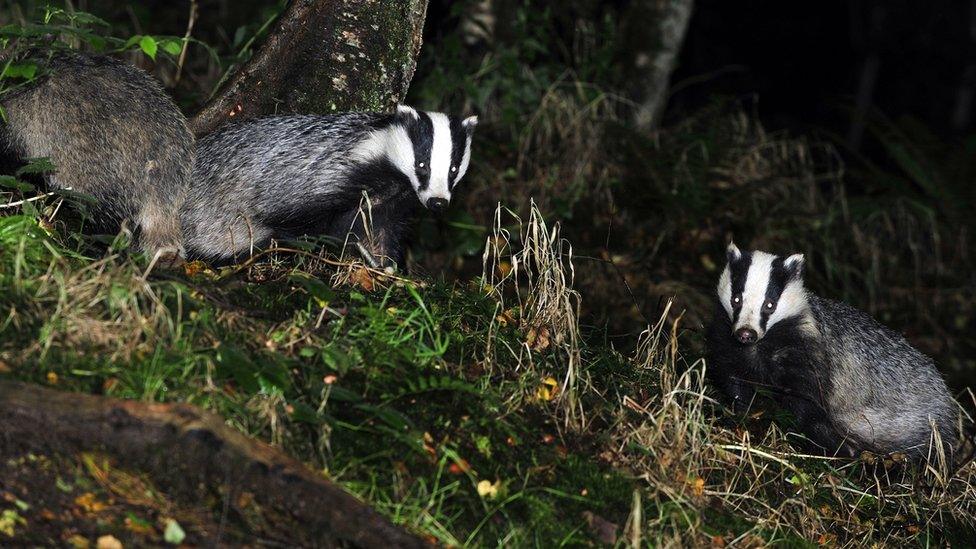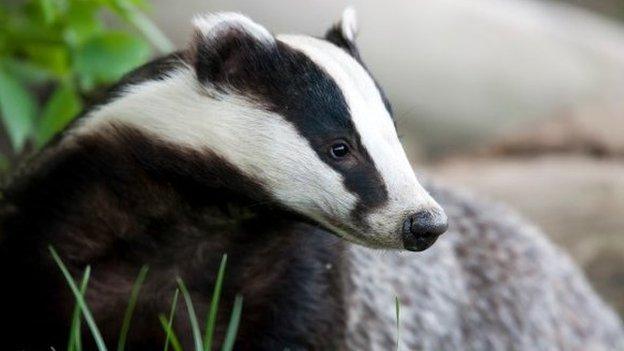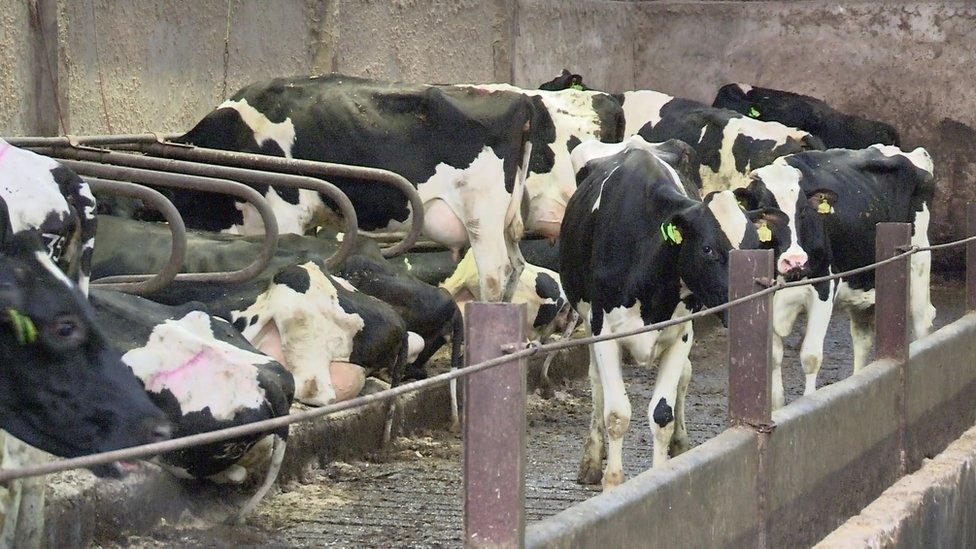Bovine TB fight cost £44m in 2017/18
- Published

Farmers have little incentive to share the task of eradicating bovine TB as they get market value for any animals destroyed, NI's top auditor has said.
Efforts to get rid of bovine TB cost £44m in 2017/18 and the fight against it has been going on since the mid-1960s.
Bovine TB is not a human health problem here because of the pasteurisation of milk and a system of meat inspections.
The eradication programme has cost almost £500m since 1996.
About half of that has been paid out in compensation.
Kieran Donnelly, the comptroller and auditor general, said the current eradication programme supported £1.5bn worth of exports a year but it was "hard to argue that it represents best value for the public purse".
A new plan developed by the authorities, but not yet implemented, does suggest a cut in compensation.
Mr Donnelly acknowledged that facilitating herd testing and livestock movement restrictions in the event of a herd breakdown imposed "significant costs" on farmers.
Cattle herds have to undergo mandatory testing and animals that are positive are destroyed.
Under current arrangements, farmers get 100% of their market value.
Rates remain high
"In our view, this has provided little incentive for the industry to share ownership of the programme," Mr Donnelly said.
He also found that efforts to tackle the disease had not been effective in reducing it and rates remain high.

About 12% of herds in Northern Ireland have it, the same as in Wales but considerably lower than in England where the figure is 20%.
The prevalence in the Republic of Ireland is about 5% and Scotland is considered to be TB free.
The current rate of disease in Northern Ireland is close to the peak of 13% reached in 2002.
Mr Donnelly said the industry, environmentalists and the authorities would have to work together to effectively combat the disease.
Badger cull
His report found that one in five disease transmissions were from wildlife, principally badgers, but other sources were equally significant.
It said that a further one in five infections were either between infected cattle, or involved the buying in of infected livestock.
It also said that the current EU approved test was not a consistently reliable indicator of the disease.

In 2014, the Department of Agriculture, Environment and Rural Affairs established an independent advisory group to come up with a new strategy.
It recommended a cull of badgers in disease hotspots alongside some vaccination; a greater focus on bio-security and a change to compensation rates.
A recent public consultation on the plans has now closed, but it is unlikely changes will be introduced until a new minister is in place to sign them off.
- Published15 December 2016

- Published30 November 2017

- Published12 December 2017
